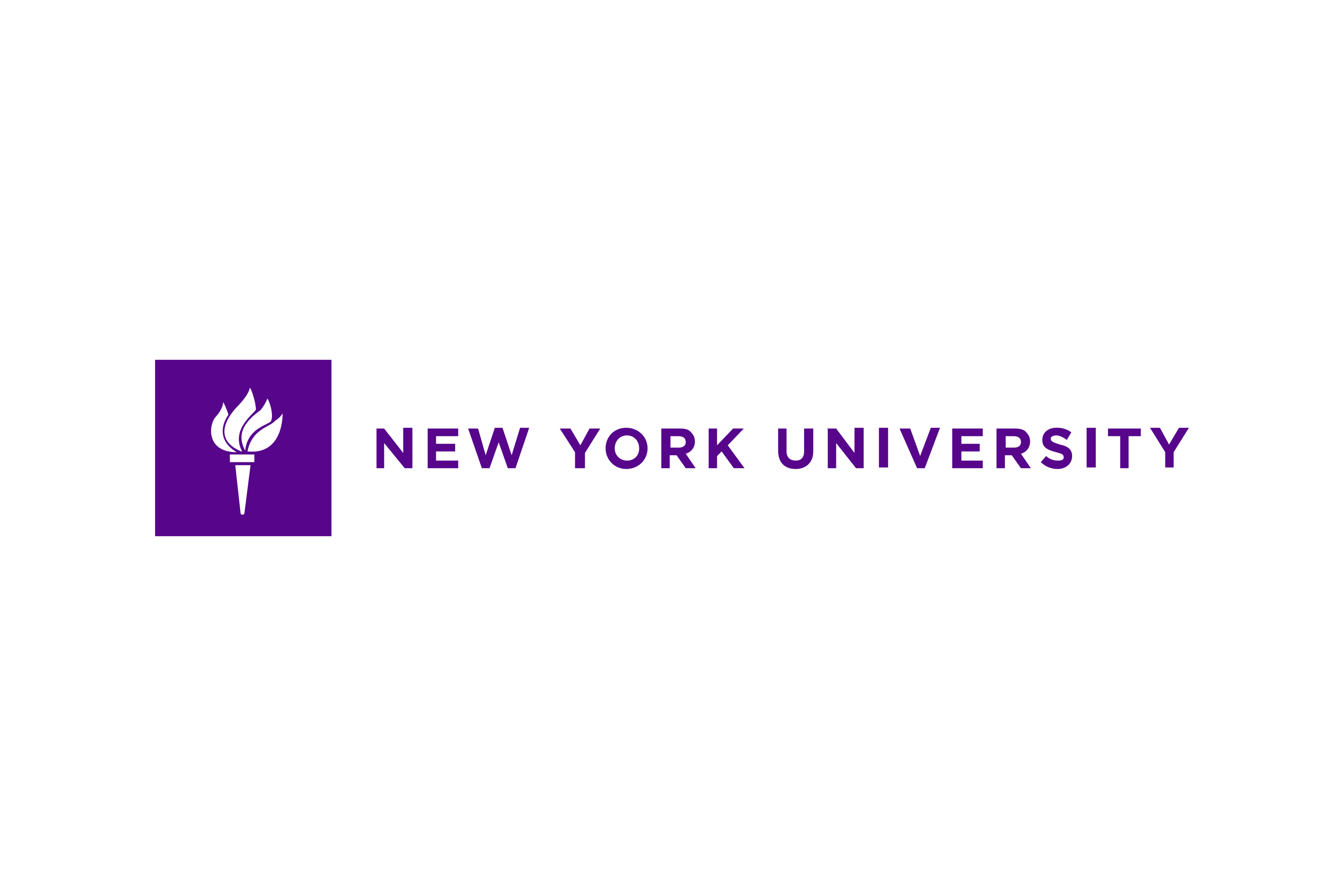New York University: America More Liberal than 50 Years Ago—But Change Not Reflected in Its Politics
Americans’ attitudes and behaviors have become more liberal overall in the past 50 years and have taken a decidedly liberal tilt since the 1990s, shows a new analysis of public opinion data. Americans are substantially more liberal on matters of gender, sexuality, race, and personal liberty than they were in the 1970s. However, this trend may be masked by static views on a few hot-button issues—which also predict voter behavior—such as gun ownership, abortion, taxes, and law enforcement, all of which changed little over the last half century.
“America is a more liberal country now than it was 50 years ago,” says Michael Hout, a New York University sociologist and the author of the study, which appears in Public Opinion Quarterly. “But its politics do not reflect this because polarizing attitudes and behaviors changed less than either values or lifestyles.”
Using data from the General Social Survey (GSS), a project that has been collecting nationally representative data since 1972, Hout considered nearly 300 variables—attitudes, beliefs, and behaviors—from 1972 to 2018 and the age of the respondents by dividing them into 32 cohorts, each spaced two to three years apart. The analysis included Americans born as early as 1882 and as late as 2000.
Overall, the data showed that each cohort is more liberal, on balance, than the one that came before it. Specifically, 62 percent of variables analyzed were more liberal in the more recent birth cohorts than they were in the oldest ones, relative to when a particular attitude or belief was measured by the survey; by contrast, only 5 percent were more conservative.
Moreover, each cohort itself became more liberal during the studied period. Within cohorts, recent measurements—those within the last decade—were more liberal than in last three decades of the 20th century in 48 percent of the variables and more conservative in only 11 percent (Note: The rest of the variables either had no political lean [e.g., the importance of getting along with co-workers] or did not change [e.g., views on abortion and gun control]).
Among the biggest changes were increasing support for gay rights, including gay marriage, which first appeared on the GSS in 1988, and for the civil liberties of atheists.
Notably, Americans’ attitudes have become more liberal on racial issues—however, Hout says, some of this change may be due to the growth of Latinx and Asian populations in the U.S., even though whites’ attitudes moved in this direction as well.
Yet, for a small number of variables—ranging from support for abortion rights and health-care spending to gun ownership and government regulation—there was little change between or within cohorts. In addition, party identification shifted slightly but steadily toward the Republican Party from 1972 to 2004.
“Such consistently liberal results are surprising given conservatives’ many wins in elections, legislation, and policy during this time,” observes Hout. “While issues like sexual freedom and gender roles may be part of political identities, the liberal trends observed are mainly private matters—and neither candidates nor policies address them as directly as they do other issues.”
Hout adds that some of the biggest changes had little to do with political ideology. For example, Americans of all political views read newspapers less compared to 50 years ago—both between and within cohorts. In fact, newspaper reading dropped continuously and almost linearly from the 1925 cohort to the most recent (1996 onward) while within cohorts newspaper readership changed little until the millennium, then declined precipitously from 2000 to 2018.

